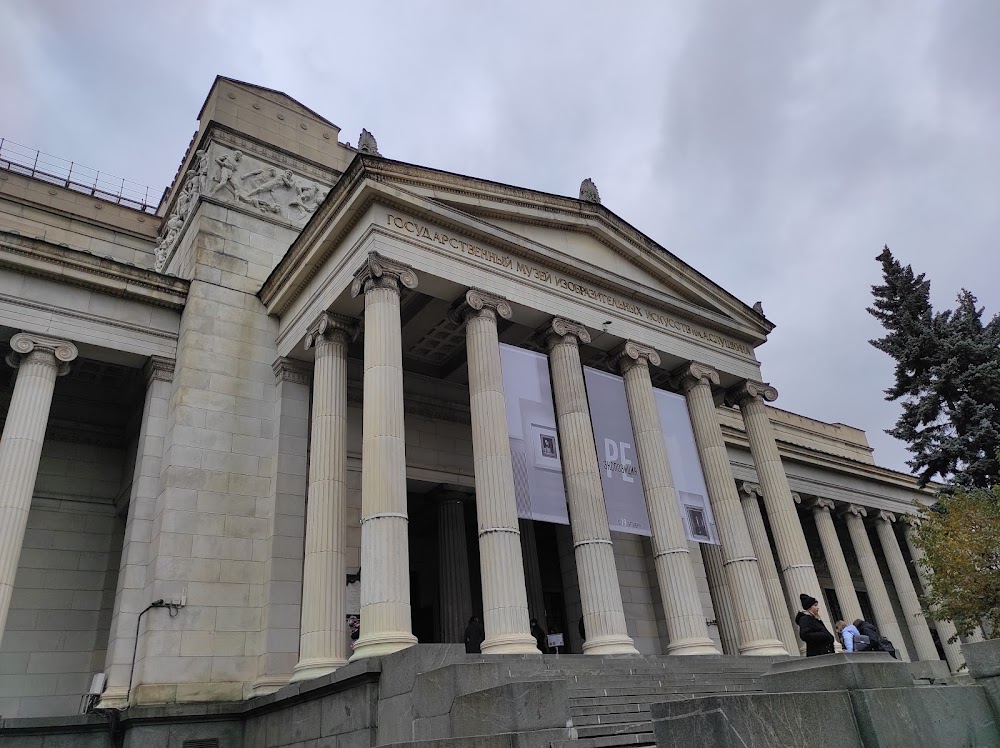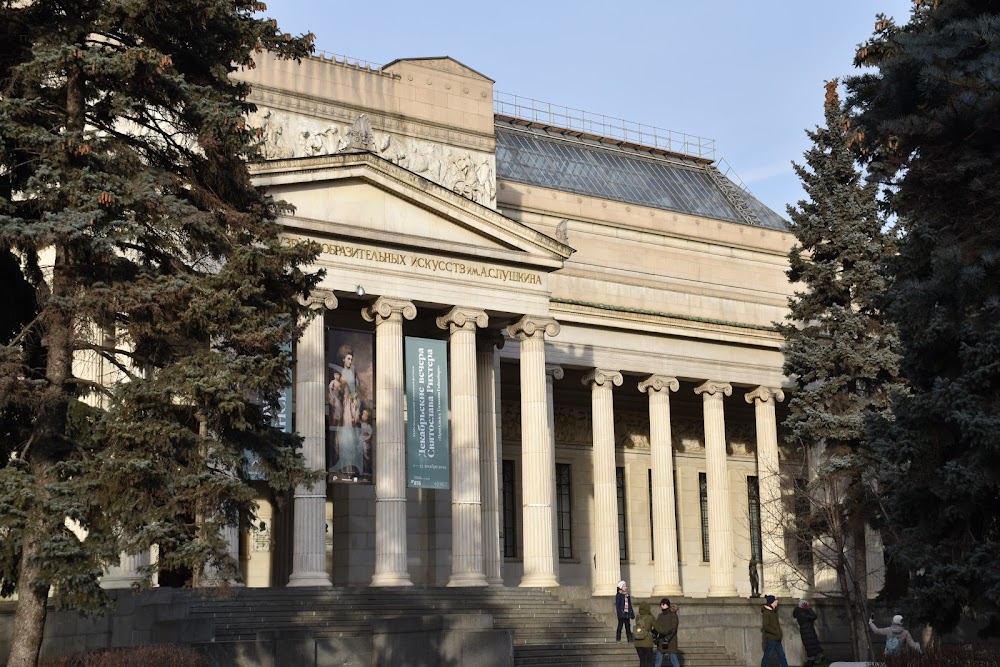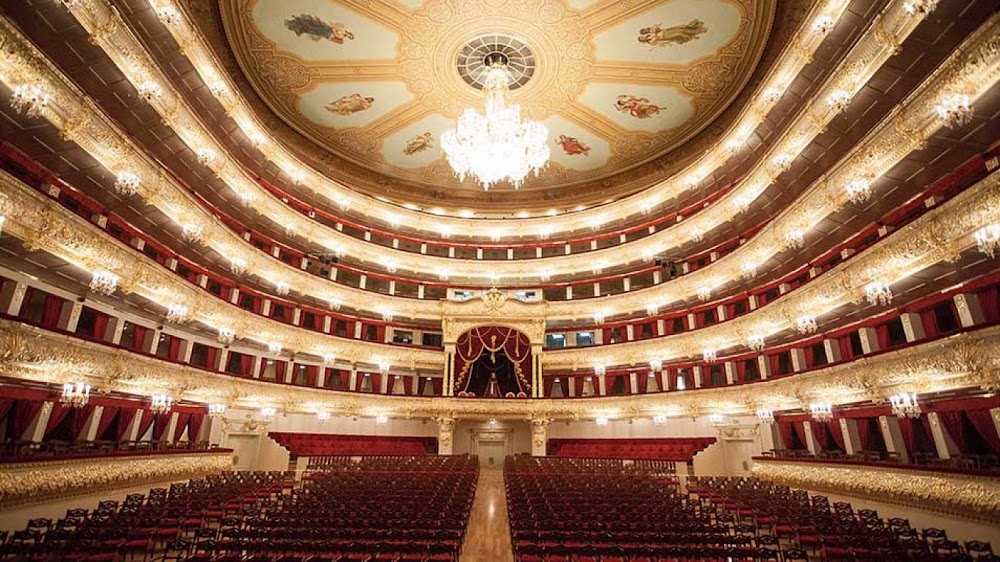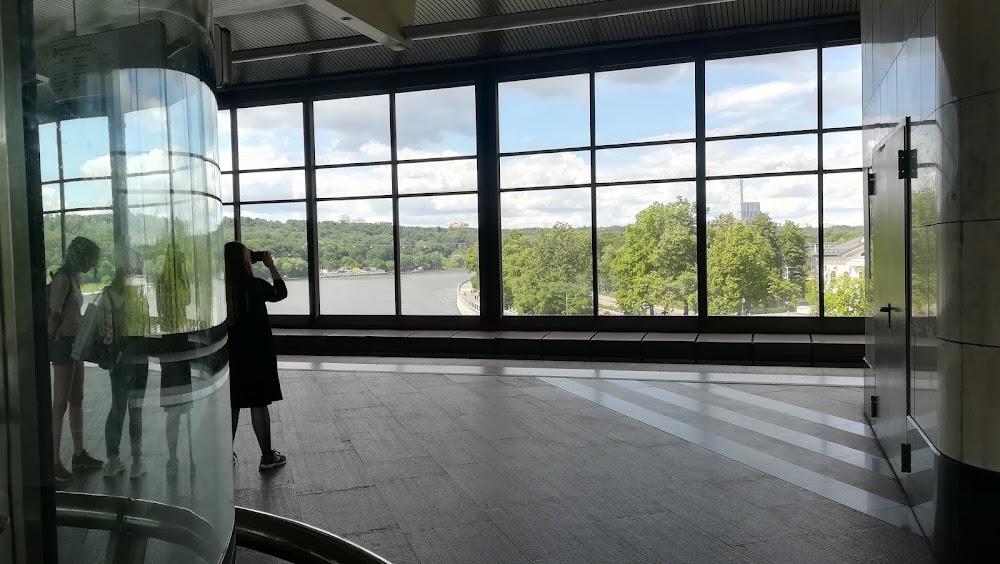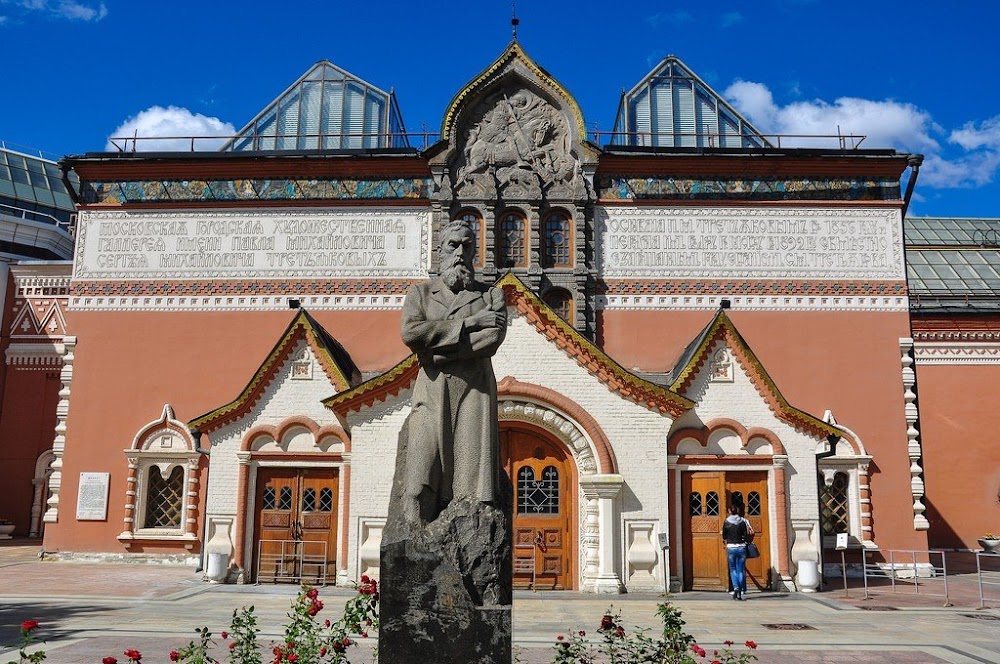Pushkin State Museum of Fine Arts (Государственный музей изобразительных искусств имени А.С. Пушкина)
Overview
The Pushkin State Museum of Fine Arts in Moscow, Russia, is a remarkable repository of art and history, recognized as one of the largest museums in the country. Renowned for its extensive collection of European art, the museum invites visitors to discover the rich narrative of its inception and the unique qualities that make it a cultural gem.
The origins of the Pushkin Museum trace back to the late 19th century, when a group of visionaries led by Professor Ivan Tsvetaev sought to establish a space dedicated to classical and European art. A passionate advocate for arts education, Tsvetaev, then a professor of art history at Moscow University, believed that Russia needed a museum that would not only educate the public but also inspire future generations of artists.
Construction of the museum began in 1898, with renowned architect Roman Klein at the helm. Klein, celebrated for his expertise in cultural buildings, designed the museum in a neoclassical style, echoing the grandeur of ancient Greek and Roman architecture—an ideal complement to the collection it would house.
Funding for this ambitious project came from a blend of private donations and state support. Notable benefactors, including Countess Maria Tenisheva and philanthropist Yuri Nechaev-Maltsov, played pivotal roles in financing the museum's construction, which took approximately 14 years to complete.
When the museum opened its doors to the public in 1912, it was initially named the Museum of Fine Arts Named after Emperor Alexander III. However, in 1937, the name was changed to honor the esteemed Russian poet Alexander Pushkin, aligning with the Soviet government's initiative to celebrate the nation's rich cultural heritage.
The inaugural event was a grand occasion, graced by prominent figures from Russian society and the arts community. The museum showcased an impressive array of artworks, including replicas of classical statues, ancient artifacts, and paintings from European masters. Over the years, the collection expanded significantly through acquisitions, donations, and state-sponsored art transfers.
Today, the Pushkin Museum's holdings feature masterpieces spanning the Renaissance, Baroque, Modern, and Impressionist periods. Visitors can marvel at works by legendary artists such as Rembrandt, Botticelli, Van Gogh, and Picasso. The museum also hosts temporary exhibitions, introducing world-famous art to Moscow's cultural scene.
In addition to its permanent collection, the Pushkin Museum is committed to education. It offers a variety of programs, including lectures, art classes, workshops, and guided tours, making art accessible to audiences of all ages. This educational mission remains true to Tsvetaev's original vision, emphasizing the importance of engaging the public with art.
Over the years, the museum complex has expanded to include multiple buildings and venues, such as the Department of Private Collections and the Gallery of 19th and 20th Century European and American Art. Each space presents a distinctive perspective on the diverse tapestry of world art.
In recent years, the museum has undergone significant renovations aimed at preserving its historic architecture while modernizing its facilities. These efforts ensure that the Pushkin Museum remains a world-class institution, capable of showcasing art in a contemporary context without sacrificing its classical allure.
The Pushkin State Museum of Fine Arts stands as a testament to the vision and dedication of its founders. Today, it continues to serve as a cultural beacon in Moscow, attracting millions of visitors from around the globe who come to admire its collection and engage in its educational initiatives. For over a century, the museum has been a haven where art lovers can immerse themselves in the beauty and history of human creativity.


